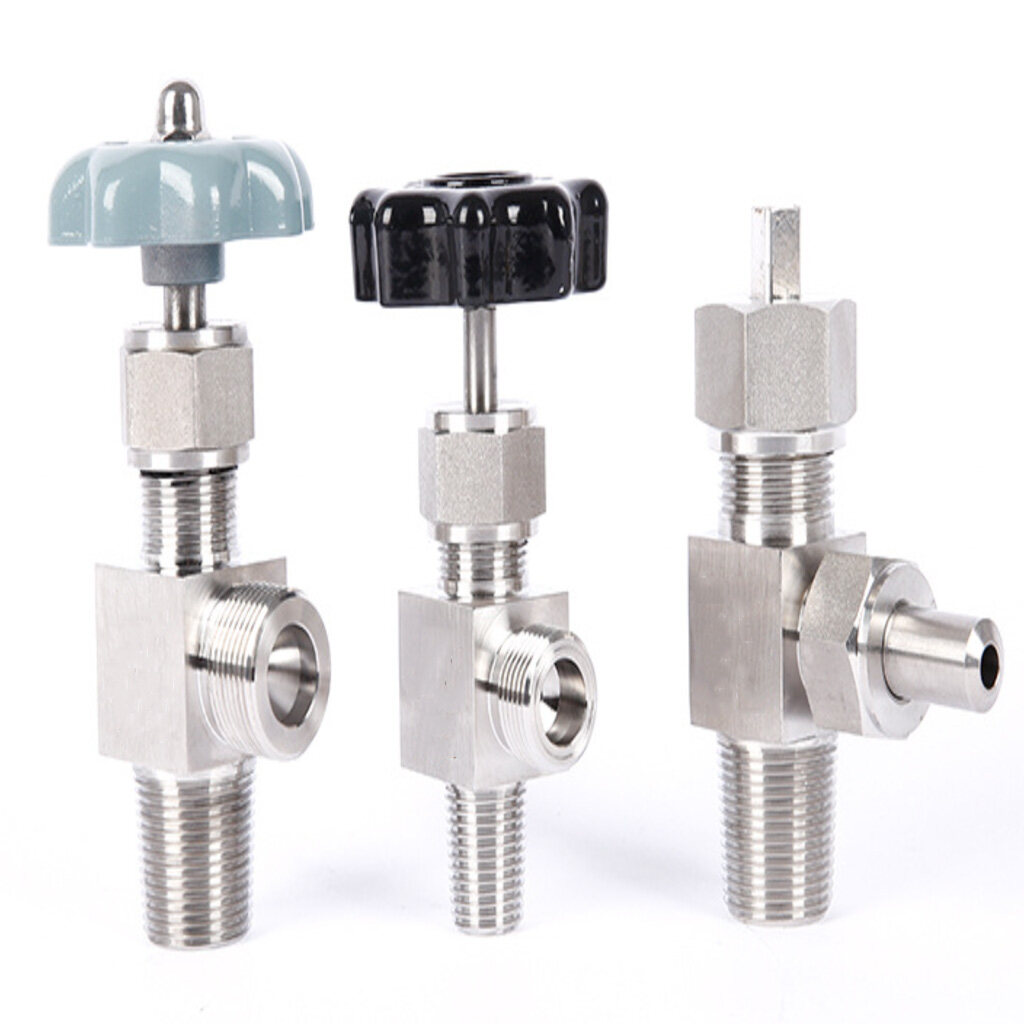Email format error
Email cannot be empty
Email already exists
6-20 characters(letters plus numbers only)
The password is inconsistent
Email format error
Email cannot be empty
Email does not exist
6-20 characters(letters plus numbers only)
The password is inconsistent

News

Navigating Extreme Conditions with High Temperature Needle Valves
In industrial settings where extreme temperatures are the norm, the integrity and performance of every component are critical. High temperature needle valves are specifically designed to withstand these demanding conditions, providing precise flow control in environments that would compromise standard valves. In this blog post, we’ll explore the features, applications, and selection criteria for high temperature needle valves, emphasizing their importance in high-temperature applications.
Understanding High Temperature Needle Valves
High temperature needle valves are a type of valve used for controlling the flow of liquids or gases at high temperatures. These valves are constructed with materials that can endure the thermal stress of high-temperature processes, ensuring reliable operation and longevity. The ‘needle’ part of the name comes from the slender, tapered point on the valve stem, which allows for fine-tuned flow adjustments.
Key Features of High Temperature Needle Valves
The design of high temperature needle valves includes several key features that make them suitable for high-temperature applications:
Material Selection: High temperature needle valves are typically made from robust materials such as stainless steel, carbon steel, or special alloys that can withstand high temperatures without losing strength or functionality.
Temperature Resistance: These valves are engineered to operate efficiently at temperatures that may range from several hundred to over a thousand degrees Fahrenheit, depending on the specific model and application.
Pressure Handling: Along with high temperatures, these valves are also rated to handle high pressures, which is often a concurrent requirement in high-temperature applications.
Precision Flow Control: The fine threading and tapered design of the needle allow for precise control over flow rates, which is essential in processes where accuracy is paramount.
Applications of High Temperature Needle Valves
High temperature needle valves are used in a variety of industries, including:
Oil and Gas: In refineries and processing plants where high-temperature fluids are common.
Power Generation: Within boilers and steam systems that operate under high temperatures.
Chemical Processing: For handling and controlling the flow of high-temperature chemicals and reactions.
Metal Processing: In furnaces and cooling systems associated with metal production.
Selecting the Right High Temperature Needle Valve
Choosing the right high temperature needle valve involves several considerations:
Temperature and Pressure Ratings: Ensure the valve is rated for the specific temperature and pressure conditions of your application.
Material Compatibility: The valve material should be compatible with the fluids or gases it will control to prevent corrosion or degradation.
Size and Connection Type: The valve size and connection type should match the existing piping or equipment for a secure and leak-free installation.
Flow Requirements: Consider the flow requirements of your system to select a valve that can deliver the necessary control and throughput.
Conclusion
High temperature needle valves are indispensable in industries where high-temperature processes are a standard part of operations. Their ability to maintain integrity and provide precise control under extreme conditions makes them a vital component in ensuring the safety and efficiency of industrial systems. When selecting a high temperature needle valve, it’s crucial to consider the specific requirements of your application to ensure optimal performance and reliability. With the right high temperature needle valve in place, you can confidently manage even the most challenging high-temperature environments.

